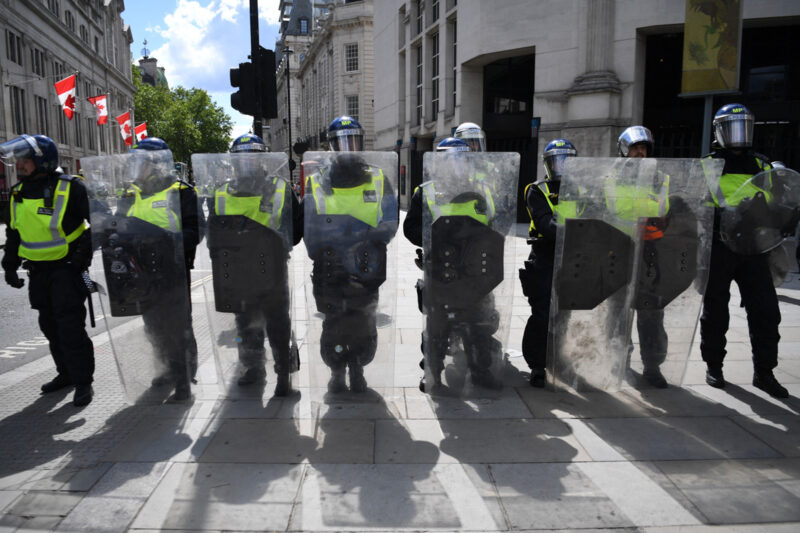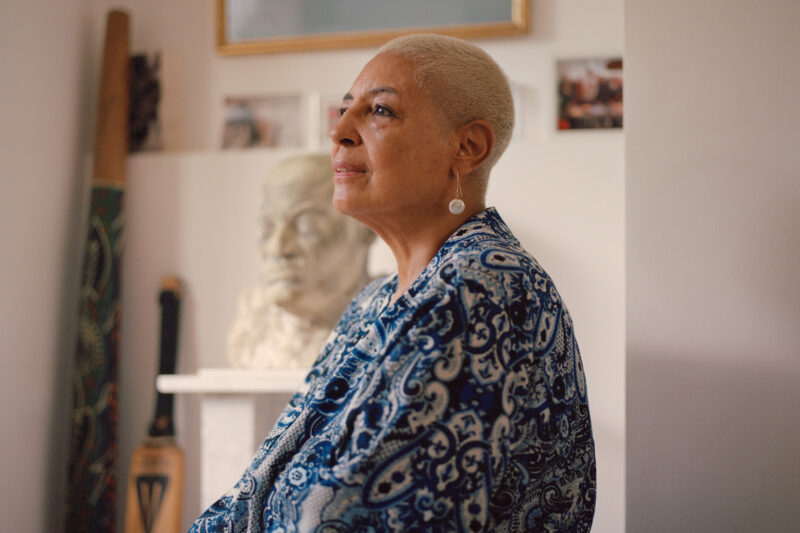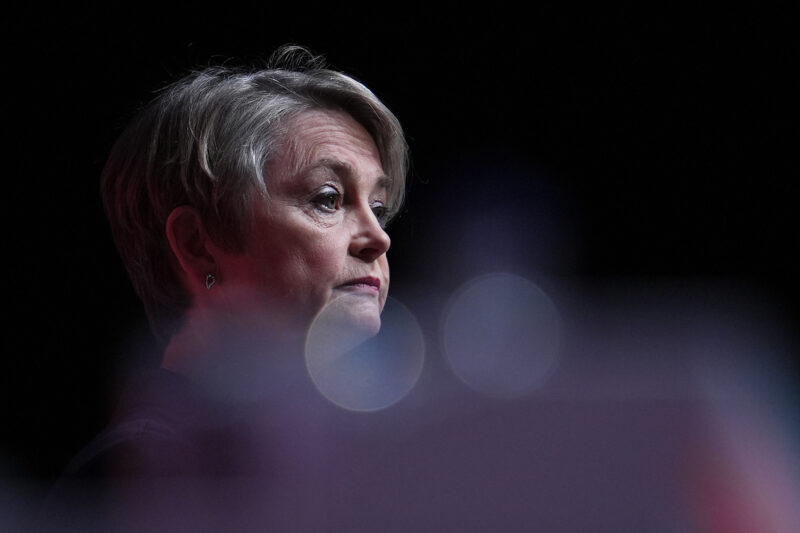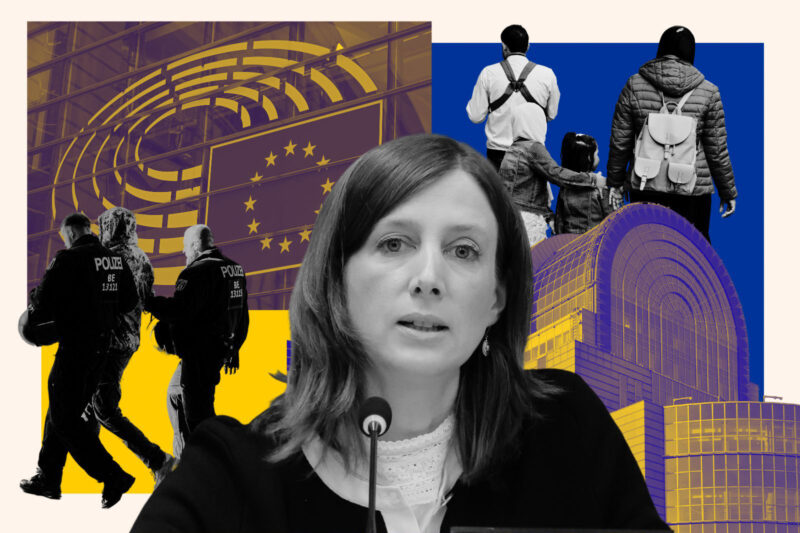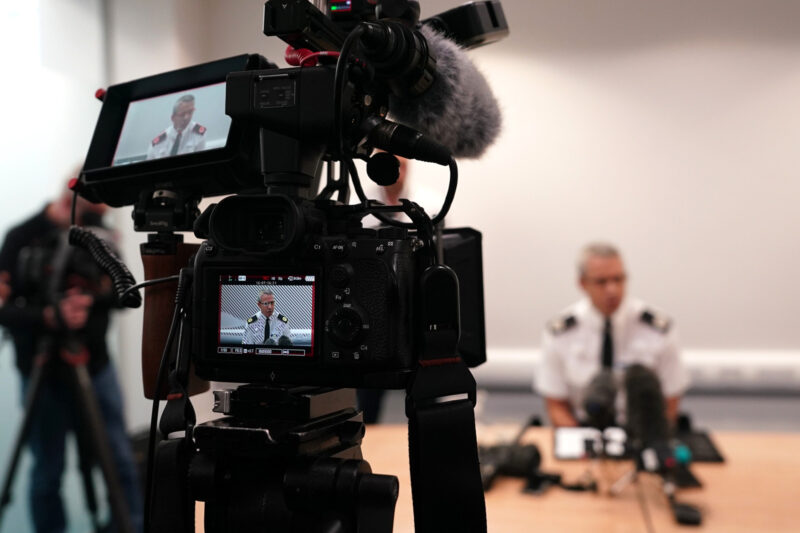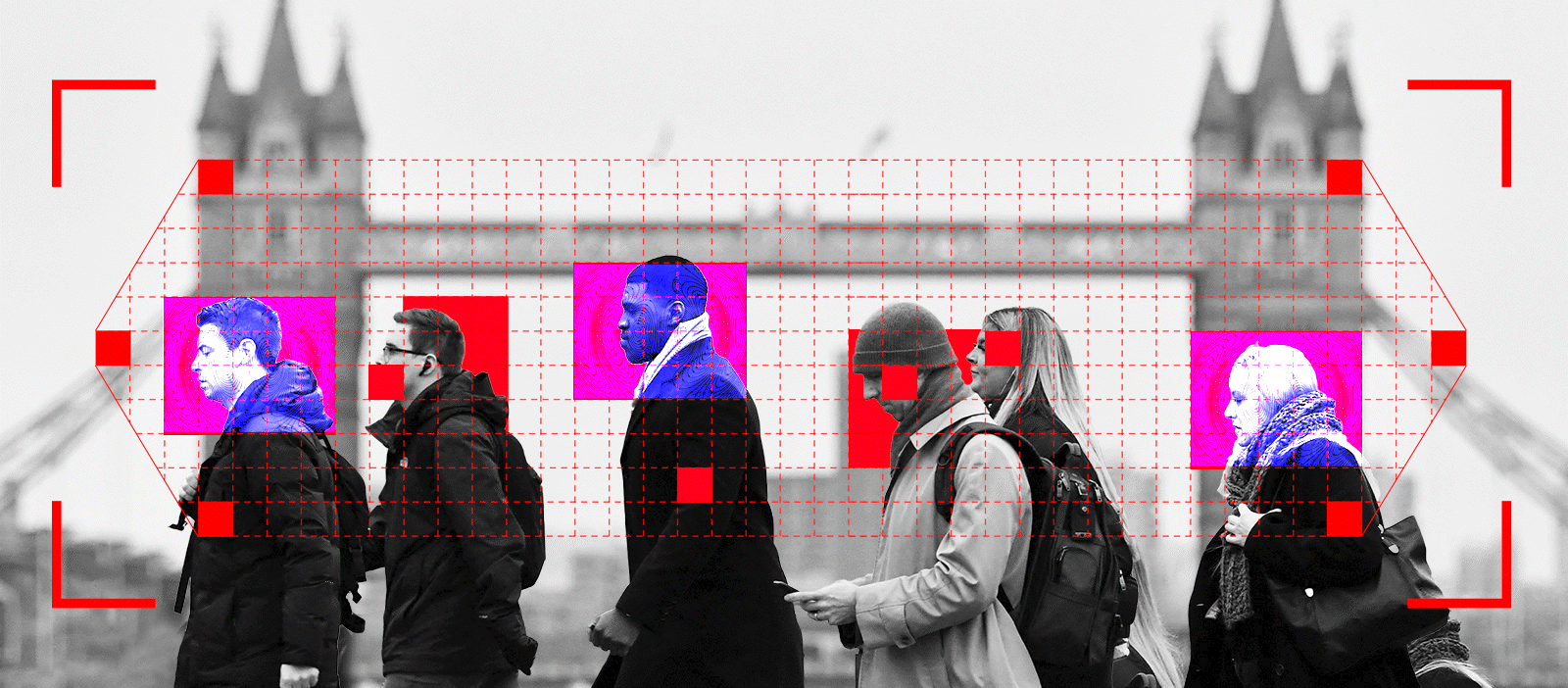
Live facial recognition used by Met police is ineffective, says monitoring group
Keir Starmer has promised a wider deployment of facial recognition technology, but critics have raised concerns about the lack of transparency surrounding the surveillance
The Metropolitan police’s live facial recognition (LFR) technology is a “catastrophe” and “dangerous”, a police monitoring group has found.
According to an analysis of the Met’s LFR deployment data by StopWatch, a UK coalition of academics, lawyers and civil society representatives, in the first six months of this year the Met collected nearly 500 hours of surveillance data and scanned almost 160,000 faces but only made 231 arrests.
StopWatch also found that out of the 79 deployments of live facial recognition units between 1 January and 30 June 2024, police stopped an average of one person every 55 minutes, leading to an arrest every 128 minutes. The data showed that these arrests often ended in no further action being taken.
StopWatch member Jahidul Islam, who analysed the data, said it is clear that “there is very little evidence on the efficacy of LFR deployments” and warned that it is “especially dangerous for those most disenfranchised and marginalised”.
He added: “When contextualised with the sheer length of deployment time across both quarters, the opaque purpose references, and the sheer size of the watchlists with no clear criteria for determining what constitutes being a part of one — it’s a catastrophe which keeps piling wreckage upon itself.”
LFR has been used by forces including the Met and South Wales police in public spaces and at large events to help officers detect crime by making a real-time comparison of footage captured by live camera with an existing watchlist. In recent years, it has also been introduced in some of the UK’s biggest high-street shops and supermarkets.
But critics have raised concerns about the lack of transparency over the criteria used to add people to police watchlists. In November 2023, police came under fire for adding environmental protesters not wanted for any crimes to watchlists.
Despite warnings by civil liberties campaigners about unchecked surveillance, in August — as a response to the far-right riots that spread across the country — prime minister Keir Starmer promised a wider deployment of facial recognition technology.
With the Met’s current watchlists including more than 15,000 people, groups like StopWatch and Big Brother Watch have warned that police forces ramping up the roll out of LFR could yield more false matches.
Shaun Thompson, 38, a Black anti-knife crime activist, was stopped by police officers at London Bridge station in February on his way back from volunteering in Croydon, south London. According to Thompson, he had passed by a non-descript looking white van with cameras peeking out the top.
Thompson’s face was scanned by LFR software designed by surveillance company Facewatch, and cross-referenced against the Met’s watchlist.
After Thompson was wrongly matched with a name on the list he was detained for half an hour in what he calls a “stop and search on steroids”.
“They were telling me I was a wanted man, trying to get my fingerprints and trying to scare me with arrest, even though I knew and they knew the computer had got it wrong.”
Despite the glitch, Thompson was threatened with arrest, asked to provide fingerprints and was only allowed to leave after handing over multiple forms of ID. “I was treated guilty until proven innocent,” he said.
Habib Kadiri, executive director at StopWatch, said: “Unsurprisingly, the force’s use of live facial recognition has repeatedly shown itself to be error-prone, with a disconcerting propensity for misidentifying Black people, which has led to a legal challenge. Plans to deploy units more often will simply raise the risk of disastrous and traumatic engagements with people of colour.
“We fully support the European Union’s recent ban of live facial recognition technology. It is imperative that the government follows suit to put an end to the racial injustice embedded in this technology.”
Thompson launched a legal challenge against the Met in May after being wrongly flagged as a criminal.
The BBC reported that one in 40 alerts this year have been a “false positive”, yet the head of the Met police, Mark Rowley, maintains that LFR is “accurate, fair and not intrusive”.
But StopWatch has cast doubt on the fairness of LFR, particularly due to the lack of information on the ethnic breakdown of faces scanned. In response to a freedom of information (FOI) request submitted by StopWatch, the Met admitted that it was unable to provide a breakdown of engagements by ethnicity, instead promising that it would be ready for publication in early 2025.
StopWatch member Imani Khan, who submitted the FOI, said: “The lack of transparency over LFR data fails to instil confidence among people of colour as it raises concerns about the technology’s accuracy and fairness.
“Ethnicity as a factor should not have been an afterthought but instead a vital part of the Metropolitan police’s considerations from the start.”
Lindsey Chiswick, director of intelligence at the Met, said: “The Met is committed to making London safer, using data and technology to identify offenders that pose a risk to our communities.
“Live facial recognition technology helps officers to identify people who are wanted. Independent testing by the National Physical Laboratory has shown it is accurate and we understand how to operate it in an equitable way.”
If you’ve got a facial recognition technology story you’d like to share with us, please email our reporter Anita on anita.mureithi@hyphenonline.com.
 Newsletter
Newsletter



